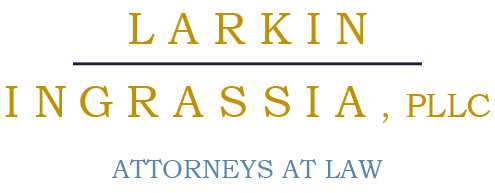What Is Shock Incarceration, and how do I get it?
If you or a loved one have been charged with the commission of a felony in New York State, you may have heard of the Shock Incarceration program. Introduced as a way to help with overcrowding in prisons while still providing rehabilitation to offenders, the Shock Incarceration program allows eligible offenders to earn early release from prison if they successfully complete a six-month intensive “boot camp”-style rehabilitation program.
Who is eligible for Shock?
Eligibility for Shock is governed by section 865 of the New York State Correction Law. To be eligible to participate in Shock, an offender must:
- Be less than fifty years of age; and
- Have been between sixteen and fifty years of age when the crime was committed; and
- Have not been previously convicted of a violent felony; and
- Have three or fewer years remaining until eligible for release to parole, or completion of sentence; and
- Not be convicted of any of the following:
- A violent felony offense (1); or
- A class A-I felony offense; or
- Any homicide offense; or
- Any felony sex offense; or
- Any escape or absconding offense.
Note, however, that even if eligible, prosecutors or the court may insist on an offender waiving participation in Shock as a condition of a plea bargain – meaning the offender agrees not to apply for participation. If the offender agrees to this condition, a subsequent application to enter the program will be denied. Care must, then, be taken to understand the terms of any negotiated plea.
Eligible offenders must apply for the program, and be capable of handling its demands. Thus, applicants should expect to undergo both a physical and mental health examination to ensure they are in suitable condition. Ultimately, unless judicially ordered, the Department of Correction and Community Supervision has the discretion to admit or deny applicants. If Shock is ordered by the court, and the offender is not physically capable of completing the program – due to, for example, injury – the Department of Correction and Community Supervision must find a suitable alternative program for the offender to complete.
What is Shock like?
Referred to as “boot camp prisons”, offenders’ days are strictly regimented and focused on physical activity, education, and substance abuse treatment. Participants wake up at 5:30 am and may begin the day with physical activity such as running and pushups. Daytime hours may include GED courses, vocational training, and substance abuse education sessions. Prior participants have also reported being disciplined or spoken to as if by a “drill sergeant” in a boot camp. Due to the great physical, mental and emotional strain faced in Shock, many participants either leave the program, choosing to complete their original sentence, or are expelled.
Does Shock work?
In 2015 New York State reported Shock, since its inception, saved taxpayers nearly $1.5 billion, based on the amount it would have cost to house the participants who successfully completed the program and earned early release. It also reported a lower recidivism rate among Shock graduates, stating approximately twenty-eight percent of Shock graduates reenter the state prison system as opposed to the state-wide average of forty percent.
If you or someone you know is charged with a crime, the attorneys at Larkin Ingrassia, PLLC have over fifty years of combined criminal defense experience Orange, Dutchess, Ulster, Rockland, Westchester, Sullivan and Putnam Counties, including both litigating cases in court and in arriving at plea resolutions favorable to our clients’ needs. Contact us for a free criminal case consultation.
Footnotes:
- Here, “violent felony” does not include burglary in the second degree, or robbery in the second degree under the theory of being aided by another person actually present.
Related:
What is Willard, and how do I get it?
What is Judicial Diversion, and how do I get it?


